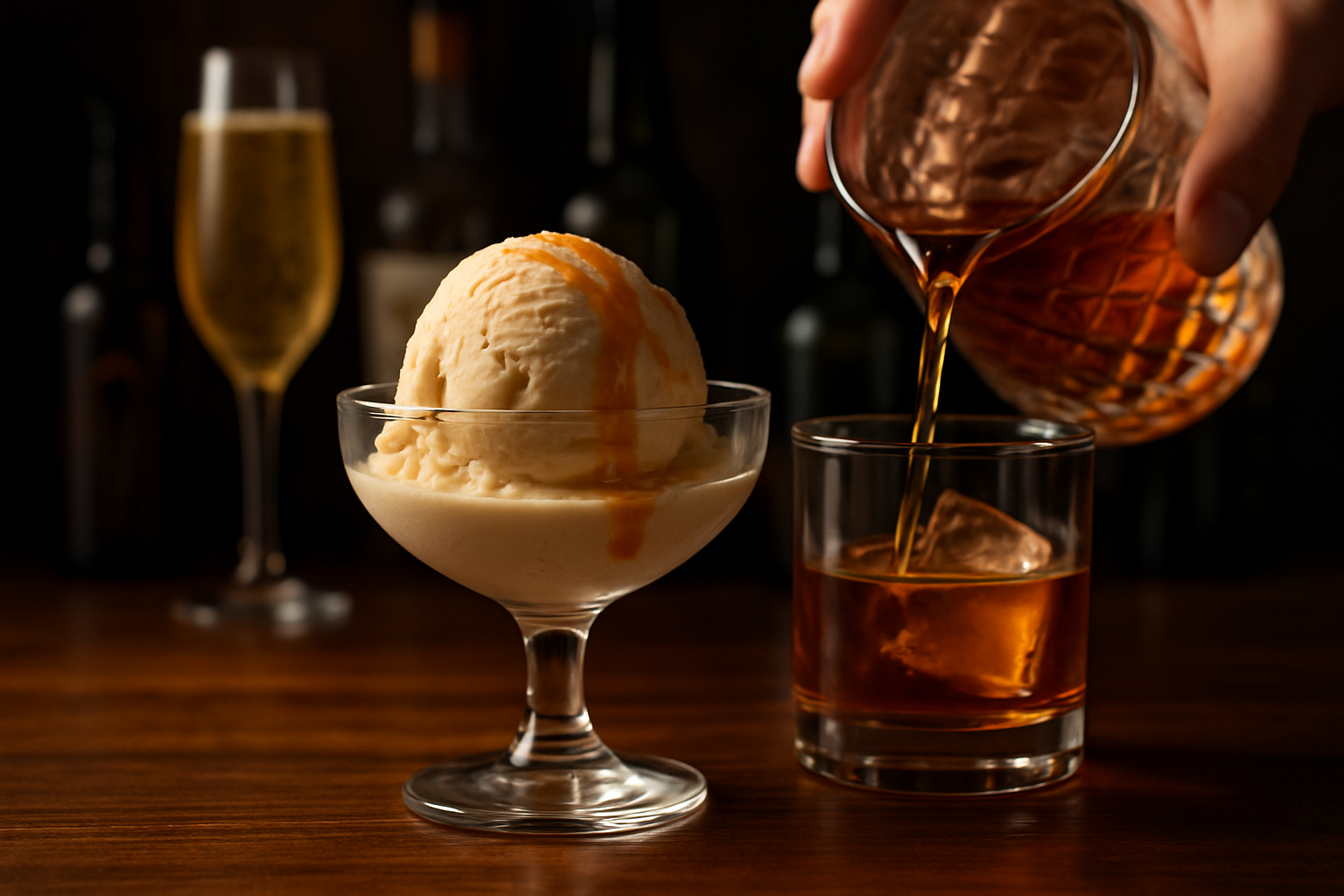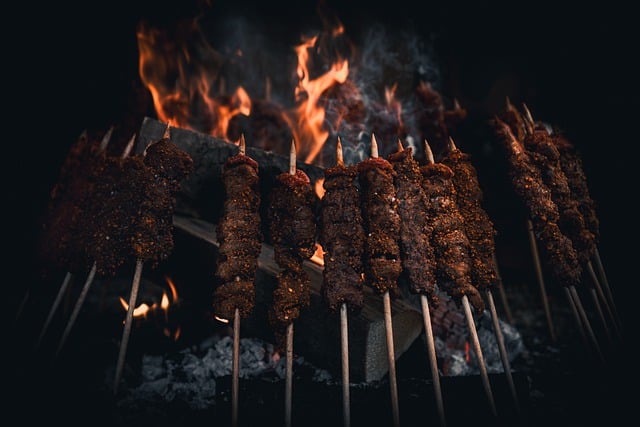Savoring the Smoke: Exploring the Art of Smoked Cocktails
Smoked cocktails are turning heads in the mixology world, offering a sensory experience that goes beyond traditional drink-making. This innovative trend combines the rich, aromatic essence of smoke with carefully crafted libations, resulting in a multi-dimensional flavor profile that captivates both the palate and the imagination.

The type of wood used for smoking plays a crucial role in the final taste. Hickory imparts a bold, bacon-like flavor, while applewood offers a sweeter, more delicate smoke. Bartenders often experiment with various woods, herbs, and even teas to achieve the desired smoky notes. The temperature and duration of smoke exposure also affect the intensity of the flavor, allowing for precise control over the final product.
Crafting the Perfect Smoked Cocktail
Creating a smoked cocktail is an art form that requires both skill and creativity. The process typically begins with selecting a base spirit that complements the smoky flavors. Whiskey, mezcal, and rum are popular choices due to their inherent complexity and ability to stand up to strong smoke notes.
Next, bartenders must choose a smoking method. The most common technique involves using a smoke gun to fill a glass or decanter with smoke before adding the cocktail. Alternatively, some mixologists opt for cold-smoking ingredients like syrups or garnishes to infuse smoky flavors more subtly. The key is to achieve a balance where the smoke enhances rather than overpowers the drink’s other components.
Signature Smoked Cocktails from Around the World
Innovative bars worldwide are pushing the boundaries of smoked cocktails. In New York, mixologists are crafting smoked Old Fashioneds using maple wood chips, while London bartenders experiment with smoked tea-infused gin and tonic. Tokyo’s cocktail scene sees bartenders incorporating traditional Japanese smoking techniques, using cherry blossom wood to create delicate, floral smoke profiles in their drinks.
These signature creations often reflect local culinary traditions and available ingredients. For instance, in Scotland, peat-smoked whisky cocktails pay homage to the region’s iconic spirits, while in Mexico, bartenders are using agave leaves to smoke their margaritas, adding a unique twist to the classic drink.
Pairing Smoked Cocktails with Food
The complex flavors of smoked cocktails open up exciting possibilities for food pairings. The smoky notes can complement grilled meats, enhancing the charred flavors of barbecue dishes. Alternatively, they can provide an intriguing contrast to lighter fare like seafood or fresh salads.
When planning a pairing, consider the intensity of both the smoke and the food. A heavily smoked bourbon cocktail might overpower delicate flavors, while a lightly smoked gin drink could be the perfect accompaniment to a rich, creamy pasta dish. The key is to find a balance that elevates both the food and the drink, creating a harmonious dining experience.
The Future of Smoke in Mixology
As the trend continues to evolve, mixologists are exploring new frontiers in smoked cocktails. Some are experimenting with different smoke sources, such as herbs, spices, and even hay, to create unique flavor profiles. Others are incorporating smoke into unexpected elements like ice cubes or garnishes, adding layers of complexity to their creations.
Technology is also playing a role in the future of smoked cocktails. Advanced smoking devices allow for more precise control over smoke intensity and duration, while molecular gastronomy techniques are being used to create smoke-infused foams and gels. These innovations promise to push the boundaries of what’s possible in the world of smoked libations.
Smoke Savvy: Tips for Crafting and Enjoying Smoked Cocktails
• Start with a spirit that has natural smoky notes, like mezcal or peated whisky, for an enhanced smoky flavor.
• Experiment with different woods: applewood for sweetness, hickory for intensity, or mesquite for a bold, earthy smoke.
• When smoking a cocktail, chill the glass first to help the smoke adhere better to the surface.
• For a subtle smoke flavor, try using smoked ice cubes instead of directly smoking the drink.
• Balance is key: use smoke as an accent, not the dominant flavor in your cocktail.
• Pair smoked cocktails with foods that have complementary flavors, like grilled meats or smoked cheeses.
The art of smoked cocktails represents a exciting fusion of tradition and innovation in the world of mixology. By harnessing the complex flavors of smoke, bartenders are creating multi-sensory experiences that challenge and delight the palate. As this trend continues to evolve, we can expect to see even more creative applications of smoke in cocktails, pushing the boundaries of what’s possible in a glass. Whether you’re a seasoned cocktail enthusiast or a curious newcomer, exploring the world of smoked cocktails offers a unique and flavorful journey into the cutting edge of modern mixology.





